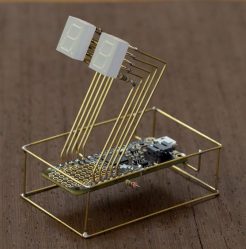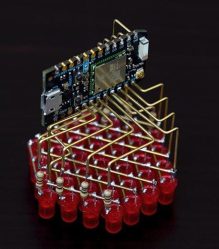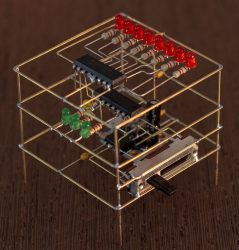When asking the question “Do humans dream of machines?”, it’s natural to think of the feverish excitement ahead of an iPhone or Playstation launch, followed by lines around the block of enthusiastic campers, eager to get their hands on the latest hardware as soon as is humanly possible. However, it’s also the title of an art piece by [Jonghong Park], and is deserving of further contemplation. (Video after the break.)
The art piece consists of a series of eight tiny harmonicas, which are in turn, played by eight fans, which appear to have been cribbed from a low-power graphics card design. Each harmonica in turn has a microphone fitted, which, when it picks up a loud enough signal, causes an Arduino Nano to actuate a mechanical finger which slows the fan down until the noise stops. It’s the mechanical equivalent of a stern look from a parent to a noisy child. Then, the cycle begins again.
The build is very much of the type we see in the art world – put together as simply as possible, with eight Arduinos running the eight harmonicas, whereas an engineering approach may focus more on efficiency and cost. Between the squeaks from the toy harmonicas and the noise from the servos entrusted to quiet them, the machine makes quite the mechanical racket. [Jonghong] indicates that the piece speaks to the interaction of machine (robot harmonica) and humanity (the finger which quells the noise).
It’s a tidily executed build which would be at home in any modern art gallery. It recalls memories of another such installation, which combines fans and lasers into a musical machine. Continue reading “The Battle Between Robot Harmonica And Machine Finger Rages On”

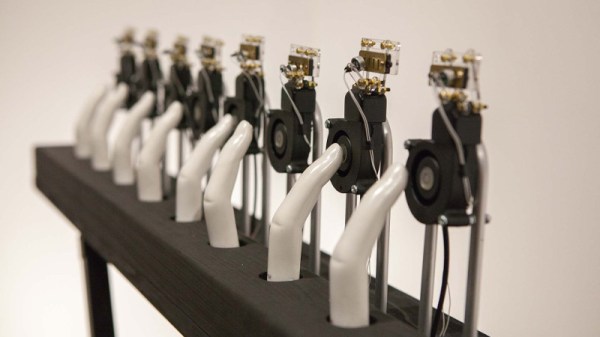


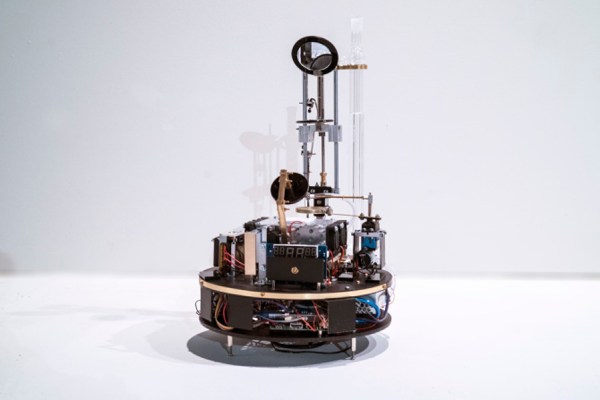

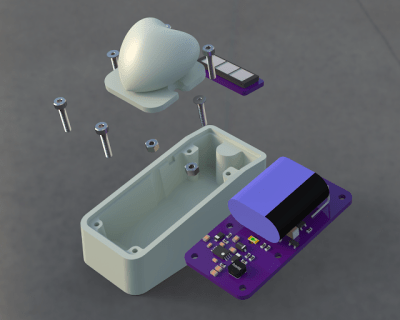
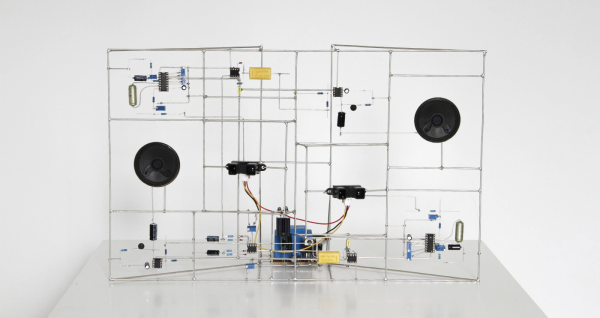
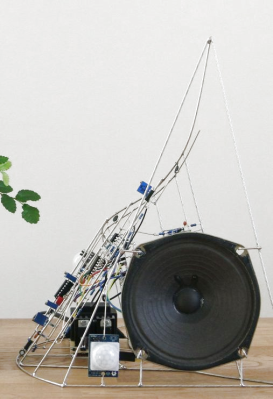 When it rains, it pours (wonderful electronic sculpture!). The last time we posted about freeform circuit sculptures there were a few eye-catching comments mentioning other fine examples of the craft. One such artist is [Eirik Brandal], who has a large
When it rains, it pours (wonderful electronic sculpture!). The last time we posted about freeform circuit sculptures there were a few eye-catching comments mentioning other fine examples of the craft. One such artist is [Eirik Brandal], who has a large 
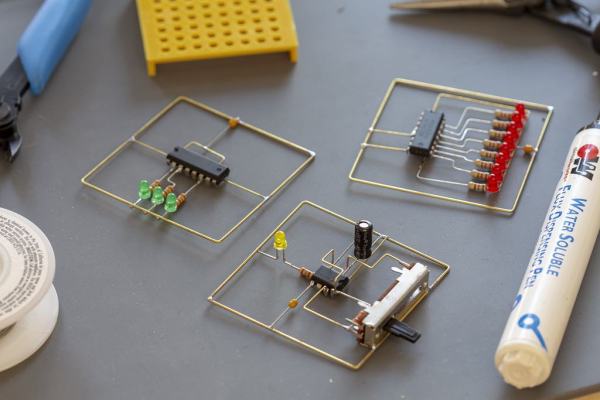
 tiny BGA components (ok, that one might be more cool than practical). Perhaps our favorite use is to create art, and [Mohit Bhoite] is an absolute genius of the form. He’s so prolific that it’s difficult to point to a particular one of his projects as an exemplar, though he has
tiny BGA components (ok, that one might be more cool than practical). Perhaps our favorite use is to create art, and [Mohit Bhoite] is an absolute genius of the form. He’s so prolific that it’s difficult to point to a particular one of his projects as an exemplar, though he has 